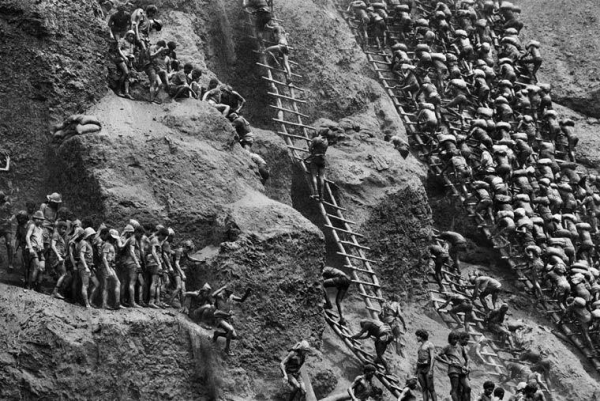Does the world have enough lithium? It depends who you ask.A 2008 study by French researcher William Tahil found there were just 3.9 million metric tons of recoverable deposits globally in mineral ores and Andean salt lakes.
That’s little enough that the world would risk running out as demand for lithium-ion car batteries and utility-scale storage ramps up over the coming decades.
A survey the following year by consultants Gerry Clarke and Peter Harben, though, concluded there was about 10 times that amount. Depending on the other parameters applied, those numbers suggest deposits could provide lithium for anything from a further 100 million cars — about 10 percent of the global auto fleet — to 10 billion or more.
























